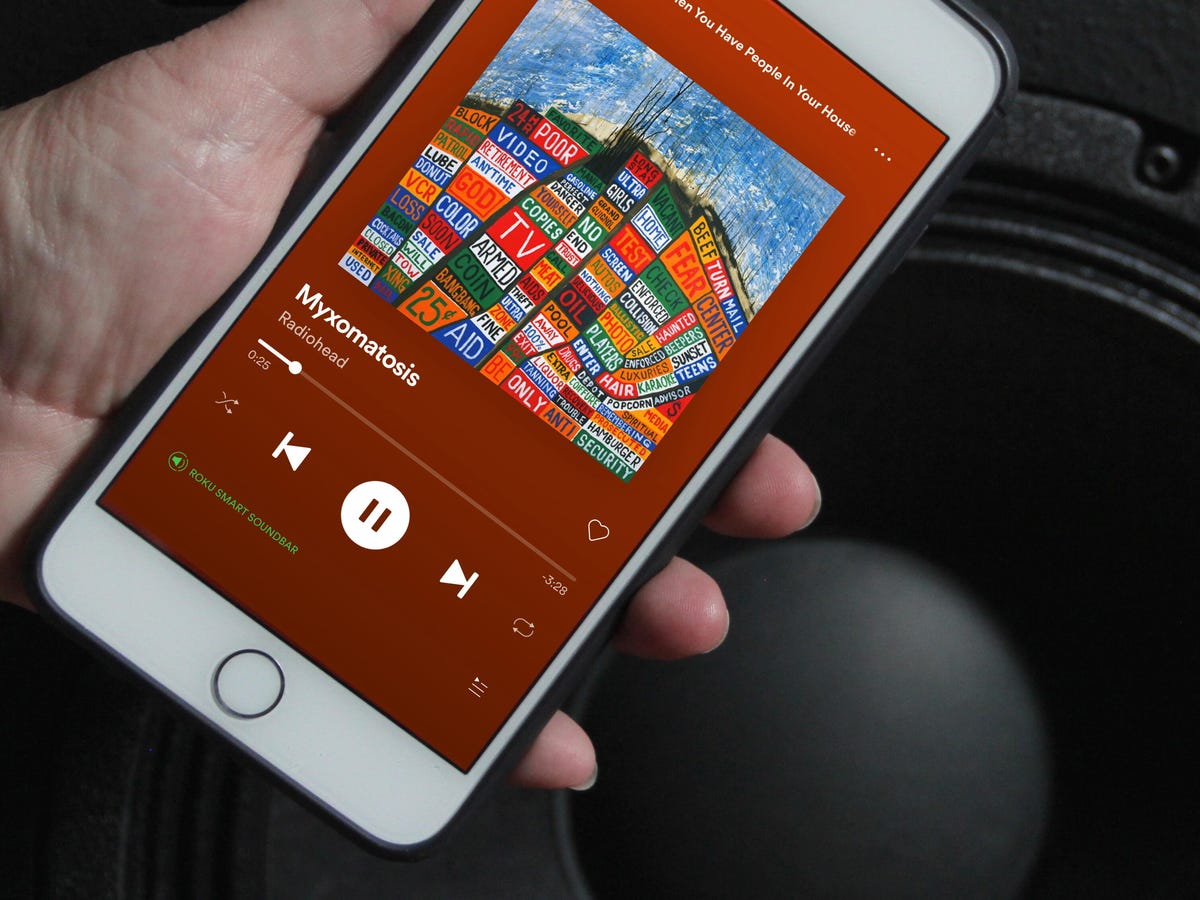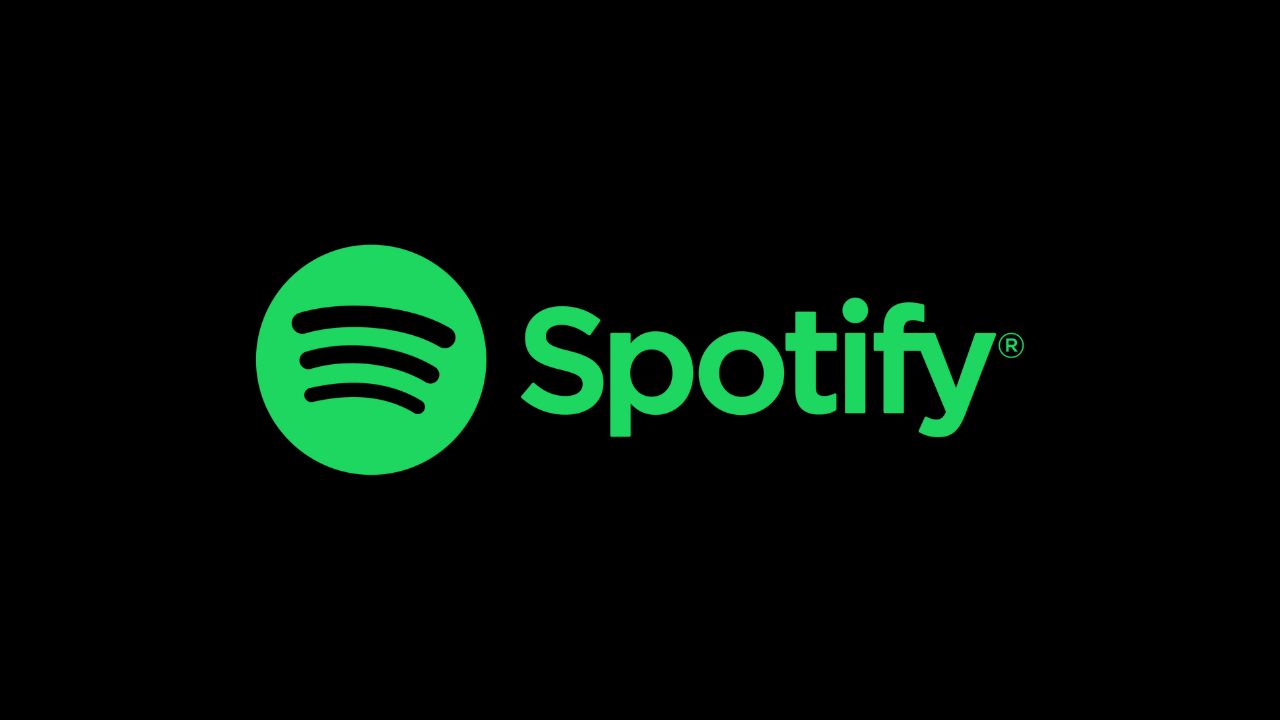Introduction
Spotify is an international online and offline music streaming and media services provider. In India, Spotify is the largest audio streaming platform among international players. The business plan of Spotify involves its business model, revenue model, competitors, SWOT Analysis, and many more.

Business Plan
The core business of the company lies in music or audio streaming.
Spotify brings a wide selection consisting of more than 70 million songs from an array of diverse record labels and media companies. As the company brings digital, copyright-protected podcasts and musical content to its users, it helps them enjoy the basic features and access limited contents that are distinguished for the advertisements in them as freemium. However, Spotify also brings affordable subscriptions for the users, which helps them access its treasure trove of content, add-free.
A user can use Spotify in two modes i.e, online and offline. For offline mode, a premium membership is needed with which you get access to download from Spotify’s collection of 13 million+ songs. However, for the online mode, the internet connection is a prerequisite and premium membership is not needed. Spotify App is available both for mobile and desktop, so you can just sign in to spotify.com and start listening if you don’t want to go with the app.
Revenue model
Spotify works on a “freemium” business model. According to this model, there are certain services that are free while the other services are paid. The source of revenue for Spotify is the premium subscription for paid services. It also earns revenue by selling ad space on its non-premium streaming service.
Other than paying the artists, Spotify also pays the rightsholder of any song anything between $0.006 to $0.0084 per play (according to 2023 reports).
Competition
- Apple Music
- Amazon Music
- YouTube Music
- Deezer
- Gaana
SWOT Analysis
Strengths
- Large User Base: With over 480 million active users as of December 2022, Spotify has a massive and diverse user base. This wide reach attracts advertisers and content creators, making the platform more appealing to both parties. Users on Spotify streamed 132 billion hours of content in 2022, an increase of 20% compared to 2021.
- Extensive Content Library: Spotify offers a vast library of millions of songs, podcasts, and other audio content from various genres, languages, and regions, catering to the diverse tastes of its users. This extensive selection helps attract and retain users on the platform.
- User-Friendly Interface: Spotify’s app and web interface are known for their ease of use and intuitive design, allowing users to find and enjoy their favorite content quickly. This user-friendly experience helps attract and retain users on the platform.
- Freemium Model: Spotify’s freemium model allows it to attract a wide range of users by offering both a free, ad-supported tier and a premium, subscription-based tier. This approach enables the company to monetize its user base through advertising and subscriptions, catering to different user preferences.
- Brand Recognition: Spotify has established itself as a leading brand in the music streaming industry, enjoying high brand awareness and consumer trust. This recognition helps the company attract new users and maintain its competitive edge.
Weaknesses
- Royalty Costs: A significant portion of Spotify’s revenue goes towards royalty payments to artists, record labels, and other rights holders. These costs can impact the company’s profitability and limit its ability to invest in other areas, such as content acquisition and technology development.
- Limited Diversification: Spotify’s core business primarily focuses on music and audio streaming, making the company vulnerable to changes and disruptions in the industry. While Spotify has tried to diversify by investing in podcasting, it still faces risks associated with reliance on a single industry.
- Lack of Profitability: Spotify has struggled to achieve consistent profitability. The company’s investments in growth, content acquisition, and technology development, coupled with high royalty costs, have contributed to this challenge.
- Privacy Concerns and Data Security: As a data-driven company, Spotify relies heavily on user data to personalize recommendations and target advertisements. This reliance on data raises concerns about user privacy and the potential for data breaches or misuse, which could negatively impact the company’s reputation and user trust.
- Difficulty in Monetizing Free Users: While the freemium model has successfully attracted users to the platform, converting free users to paying subscribers can be challenging. Furthermore, the ad-supported tier’s revenue per user is significantly lower than that of premium subscribers, limiting the overall revenue potential from the free user base.
Opportunities
- Expanding into New Markets: Spotify can continue to expand its presence in emerging markets and regions where music streaming adoption is still growing. This expansion can help the company increase its user base and revenue generation.
- Strengthening Podcast Offerings: As podcast consumption grows, Spotify can invest more in its podcast ecosystem, including acquiring or partnering with podcast creators, enhancing podcast discovery tools, and offering monetization opportunities for creators. This investment can help Spotify further diversify its content and capitalize on the increasing popularity of podcasts.
- Focusing on User-Centric Features: By continuously developing and refining user-centric features, such as social listening, improved playlists, or music discovery tools, Spotify can further enhance its platform’s value proposition and foster user loyalty.
- Engaging in Strategic Partnerships and Acquisitions: Spotify can continue to seek strategic partnerships and acquisitions that align with its growth strategy, enabling the company to expand its content offerings, enter new markets, and enhance its technology and capabilities.

Threats
- Intense Competition: The music streaming market is highly competitive, with rivals like Apple Music, Amazon Music, YouTube Music, and Deezer offering similar services. These competitors, particularly those backed by tech giants, have significant resources and can invest in exclusive content, innovative features, or aggressive pricing strategies, potentially threatening Spotify’s market share.
- Increasing Royalty Costs: As the music streaming industry grows, artists and record labels may demand higher royalty rates or renegotiate existing contracts. These increased costs could impact Spotify’s profitability and its ability to invest in other areas of its business.
- Regulatory Changes and Copyright Issues: Changes in copyright laws, licensing agreements, or regulatory frameworks in different countries could impact Spotify’s content offering, cost structure, or market access. Such changes may require the company to adapt its business model or negotiate new contracts with rights holders, potentially affecting its operations and profitability.
- Privacy and Data Security Concerns: As a data-driven company, Spotify must address user privacy and data security concerns. Any incidents involving data breaches, misuse of user data, or non-compliance with data protection regulations could damage the company’s reputation, erode user trust, and lead to legal penalties or increased regulatory scrutiny.
- Challenges in Monetizing Free Users: Spotify’s ad-supported tier generates significantly lower revenue per user than its premium tier. As the company grows its user base, it may face challenges in effectively monetizing its free users and converting them into paying subscribers.
- Rapid Technological Changes: The audio streaming industry is subject to rapid technological changes and shifting consumer preferences. Failure to adapt to new technologies, platforms, or consumer demands could result in a loss of market share or user engagement.
- Economic Uncertainty: Economic downturns or global economic uncertainty could impact consumer spending, leading to lower subscription rates, reduced advertising budgets, or increased price sensitivity among users. These factors could negatively impact Spotify’s revenue and growth prospects.
Conclusion
Spotify is an online music service popular with many people. It offers a large library of audio files, podcasts and other content and has grown into one of the most popular platforms for music streaming. Spotify’s business model revolves around letting users discover, stream and share music across a variety of genres and musicians.




